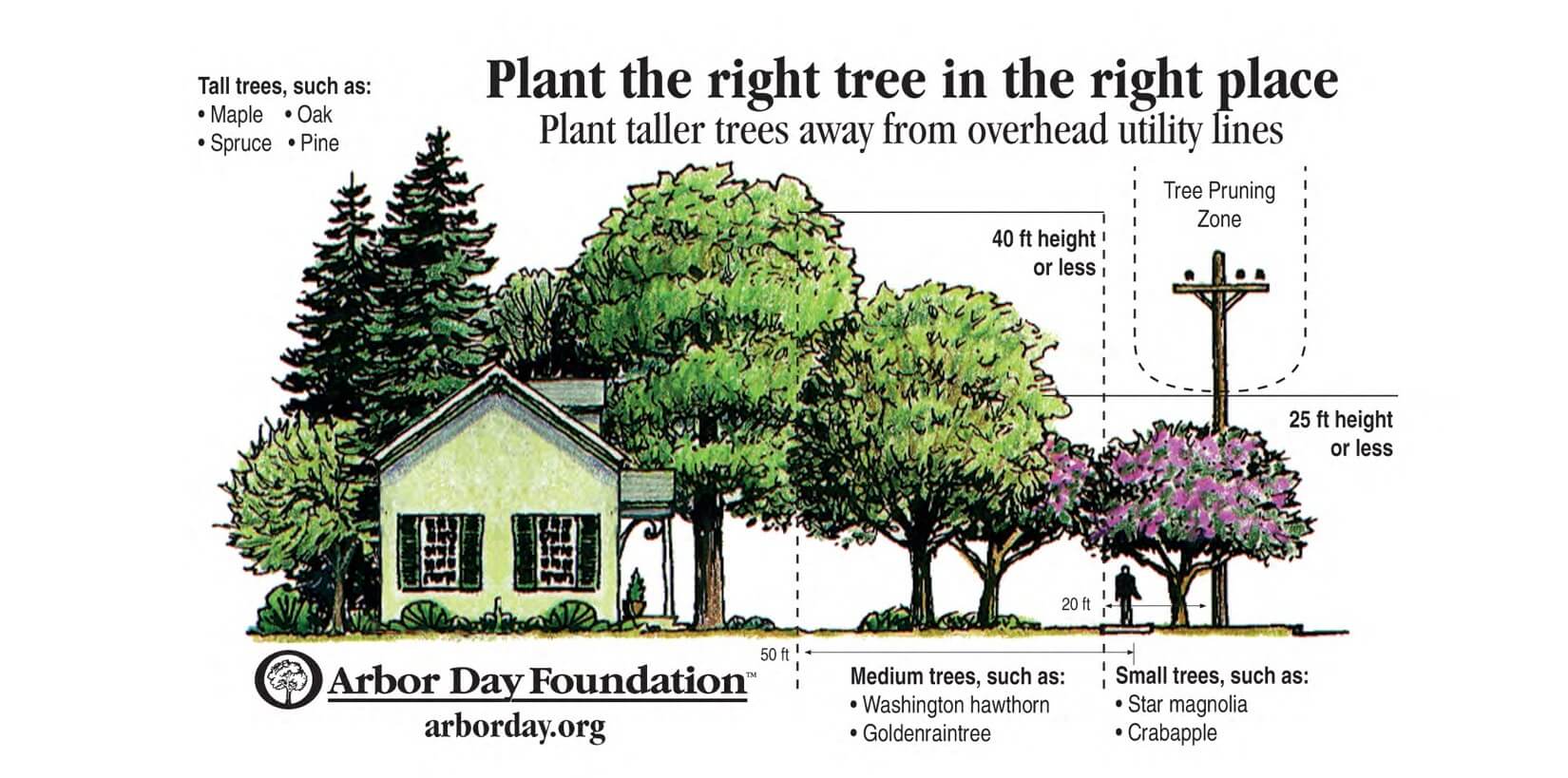
Introduction: The Art and Science of Tree Transplanting
Tree transplanting is a delicate process that requires careful consideration and expertise. In this article, we explore guidelines and best practices for successful tree transplanting, aiming to ensure the healthy growth and longevity of trees in new locations.
Choosing the Right Time: Timing is Crucial for Success
Timing plays a crucial role in tree transplanting success. The ideal time to transplant trees is during their dormant season, typically in late fall or early spring. During this period, trees are less stressed, and their energy is focused on root development rather than supporting foliage. Transplanting during the right season sets the stage for a smoother transition.
Preparing the Tree: Root Pruning and Soil Conditioning
Proper preparation of the tree is essential for a successful transplant. Root pruning helps stimulate the growth of new, compact roots that will aid in the establishment of the tree in its new location. Additionally, conditioning the soil with organic matter enhances its structure, providing a welcoming environment for the tree’s roots to spread and thrive.
Digging the Root Ball: Precision is Key
When digging the root ball, precision is key to preserving the tree’s root system. The size of the root ball should correspond to the tree’s size, ensuring that an adequate number of roots are included for successful transplantation. Careful excavation and preservation of the root ball minimize stress on the tree and contribute to a higher likelihood of survival.
Transporting with Care: Minimizing Shock and Stress
Transporting the tree from its original location to the new site requires careful handling to minimize shock and stress. Ensure that the root ball remains intact and adequately supported during transport. Avoid rough handling and sudden movements that could disrupt the delicate balance of the tree’s root system.
Digging the New Hole: A Home for Growth
The new planting hole should be prepared in advance and match the size of the root ball. It’s crucial to loosen the soil around the hole and amend it with nutrients to promote healthy growth. Proper placement and alignment of the tree in the new hole set the stage for its successful adaptation to the new environment.
Backfilling and Watering: Establishing Stability
Backfilling the hole with soil and watering the tree immediately after transplanting are critical steps for establishing stability. The soil should be gently tamped down to eliminate air pockets around the roots. Adequate watering helps settle the soil, initiates root growth, and provides essential hydration to support the tree during its initial stages in the new location.
Mulching for Protection: Creating a Favorable Environment
Applying a layer of mulch around the base of the transplanted tree serves multiple purposes. Mulch retains soil moisture, regulates temperature, and suppresses weeds, creating a favorable environment for root development. Additionally, mulching protects the tree’s base from potential damage caused by mowers or trimmers.
Post-Transplant Care: Monitoring and Adjusting
Tree transplanting is not complete once the tree is in the ground. Ongoing care is crucial for monitoring the tree’s health and making adjustments as needed. Regular watering, especially during the first growing season, and periodic checks for signs of stress or disease contribute to the tree’s successful establishment.
Stake for Support: Aiding Stability in Early Years
In certain cases, staking may be necessary to provide additional support for the transplanted tree, especially in its early years. Properly installed stakes prevent excessive movement and help the tree establish a stable root system. However, it’s essential to monitor the tree and remove stakes once stability is achieved to avoid potential issues.
Conclusion: Ensuring Long-Term Success
In conclusion, successful tree transplanting requires a combination of careful planning, precision in execution, and ongoing post-transplant care. By following these guidelines, arborists and tree enthusiasts can enhance the chances of successful tree establishment in new locations. For more information on tree transplanting, visit Tree Transplanting.

